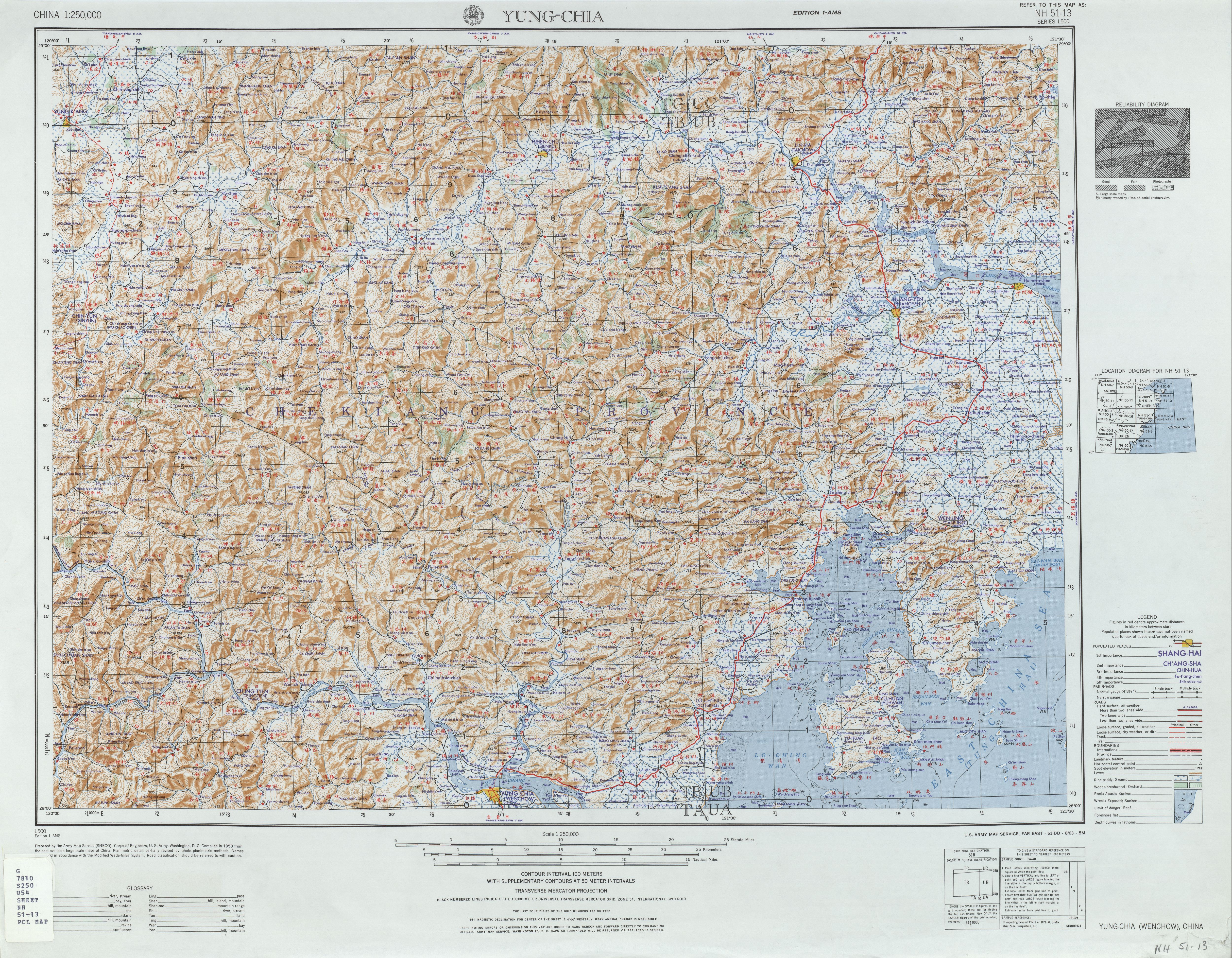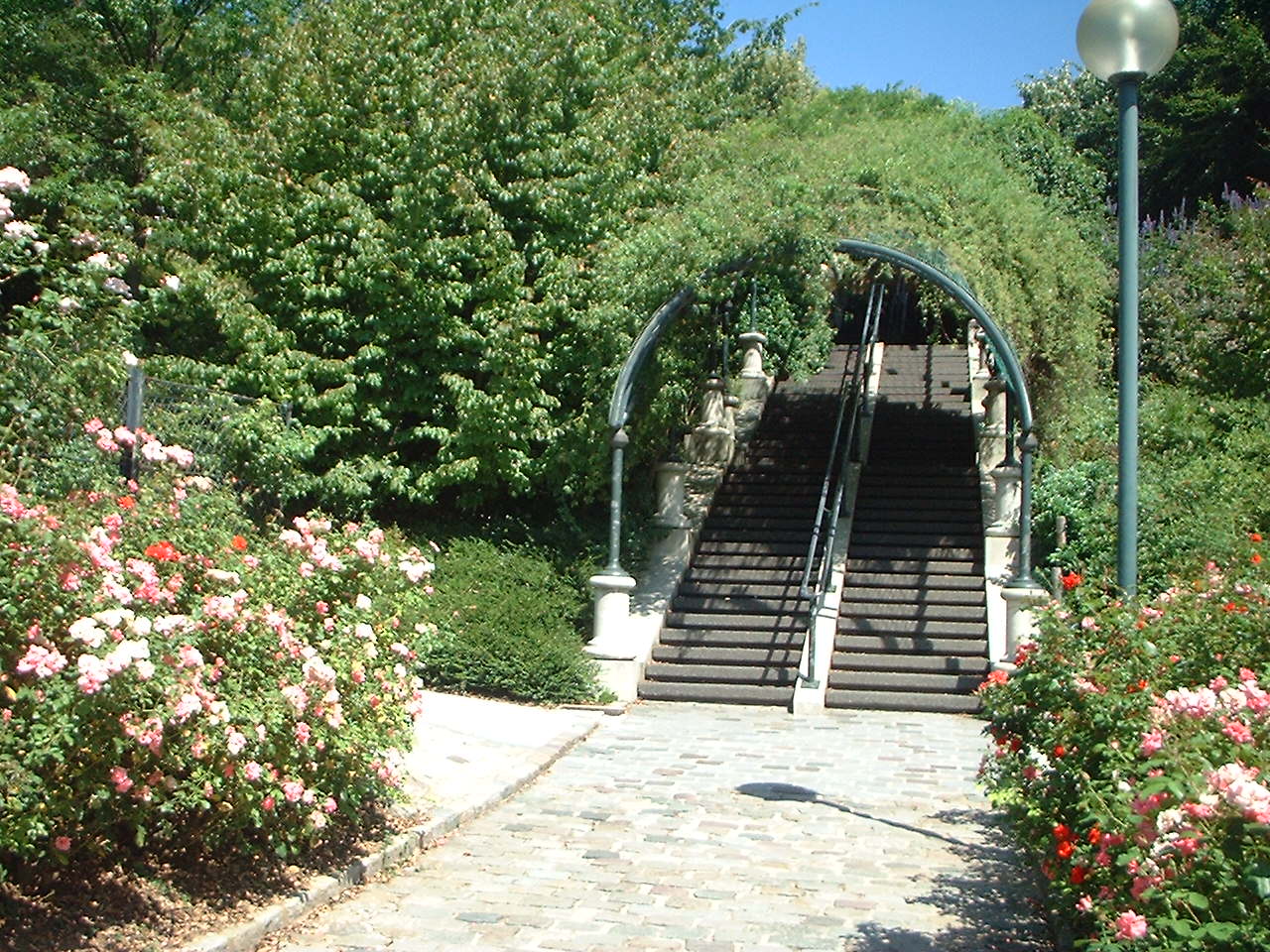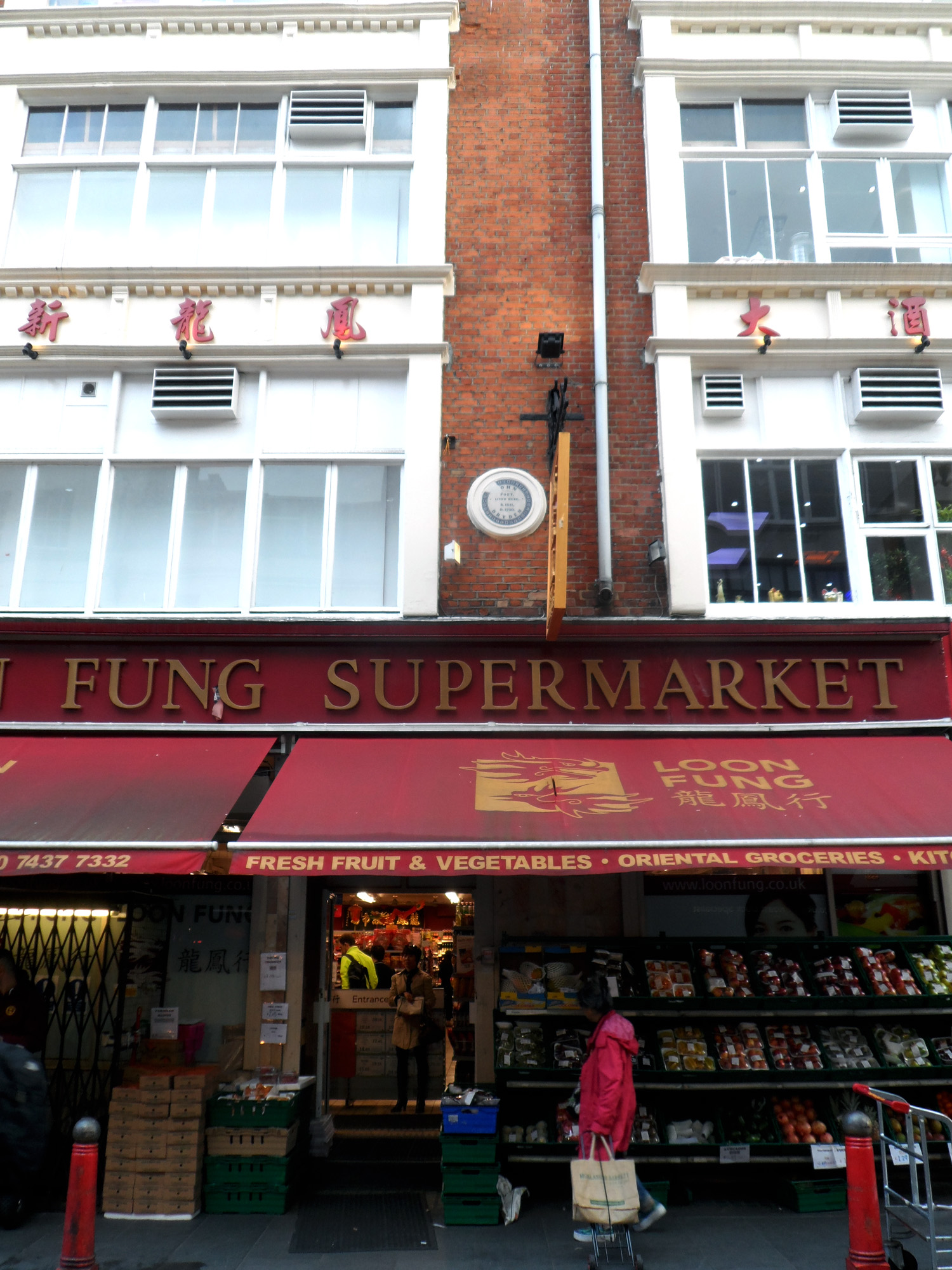|
Quartier Asiatique
The Quartier asiatique (, Asian Quarter), also called Triangle de Choisy () or Petite Asie (; Chinese: 巴黎唐人街, Vietnamese: ''Phố Tàu Paris'') is the largest commercial and cultural center for the population of Asian origin of Paris. It is located in the southeast of the 13th arrondissement in an area that contains many high-rise apartment buildings. Despite its status as a "Chinatown", the neighborhood also contains significant Vietnamese, Laotian and Cambodian populations. History The first wave of Asian immigrants to the neighborhood consisted of ethnic Vietnamese refugees from the Vietnam War during the late 1970s. Later waves of migrants consisted of ethnic Chinese from Vietnam, Laos and Cambodia, who also fled their countries following their communist takeovers and to avoid persecution by the new governments. A significant number of the earlier Vietnamese immigrants integrated into French society shortly after their arrival, and began moving to other are ... [...More Info...] [...Related Items...] OR: [Wikipedia] [Google] [Baidu] |
Chinese New Year
Chinese New Year, or the Spring Festival (see also #Names, § Names), is a festival that celebrates the beginning of a New Year, new year on the traditional lunisolar calendar, lunisolar Chinese calendar. It is one of the most important holidays in Chinese culture, and has been added to the Intangible Cultural Heritage of UNESCO Intangible Cultural Heritage Lists#Representative List of the Intangible Cultural Heritage of Humanity, Humanity list by the UNESCO, United Nations Educational, Scientific and Cultural Organization in 2024. Marking the end of winter and the beginning of Spring (season), spring, this festival takes place from Chinese New Year's Eve (the evening preceding the first day of the year) to the Lantern Festival, held on the 15th day of the year. The first day of the Chinese New Year falls on the new moon that appears between 21 January and 20 February. The Chinese New Year is associated with several myths and customs. The festival was traditionally a time to ... [...More Info...] [...Related Items...] OR: [Wikipedia] [Google] [Baidu] |
Wenzhou
Wenzhou; Chinese postal romanization, historically known as Wenchow is a prefecture-level city in China's Zhejiang province. Wenzhou is located at the extreme southeast of Zhejiang, bordering Lishui, Zhejiang, Lishui to the west, Taizhou, Zhejiang, Taizhou to the north, and the province of Fujian to the south. The area consists of mostly mountainous terrain, as well as hundreds of islands off the East China Sea coast, which is nearly in length. At the time of the 2010 Chinese census, 3,039,500 people lived in Wenzhou's urban area. The greater Wenzhou prefecture, which also includes three Satellite city, satellite cities and six counties, had a population totalling 9,122,100, of which 31.16% are Hukou system, residents originally from outside of Wenzhou. During the 19th century, the progenitor city of modern Wenzhou was known as Yungkia ( zh, c=永嘉, ''Yǒngjiā''), a prosperous Treaty port#Chinese treaty ports, foreign treaty port that remains well-preserved today. Being sit ... [...More Info...] [...Related Items...] OR: [Wikipedia] [Google] [Baidu] |
20th Arrondissement Of Paris
The 20th arrondissement of Paris (known in French as the ''XXe arrondissement de Paris'' or simply as "''le vingtième''") is the last of the consecutively numbered arrondissements of the capital city of France. Also known as Ménilmontant () after the Ménilmontant neighbourhood it encompasses in its northwest, it is on the right bank of the River Seine and contains some of the city's most cosmopolitan districts. It covers four quarters: Belleville, Saint-Fargeau, Père-Lachaise and Charonne. In 2019, it had a population of 194,994. The 20th arrondissement is internationally best known for its Père Lachaise Cemetery, the world's most-visited cemetery where one can find the tombs of a number of famous people. Geography The land area of this arrondissement is . The arrondissement consists of four quarters: * Quartier Belleville (77) * Quartier Saint-Fargeau (78) * Quartier Père-Lachaise (79) * Quartier Charonne (80) Demographics The population of Paris's 20th arrondisse ... [...More Info...] [...Related Items...] OR: [Wikipedia] [Google] [Baidu] |
Belleville, Paris
Belleville () is a neighbourhood of Paris, France, parts of which lie in four different arrondissements of Paris, arrondissements. The major portion of Belleville straddles the borderline between the 20th arrondissement of Paris, 20th arrondissement and the 19th arrondissement of Paris, 19th along its main street, the ''Rue de Belleville''. The remainder lies in the 10th arrondissement of Paris, 10th and 11th arrondissement of Paris, 11th arrondissements. It was once the independent commune in France, commune (municipality) of Belleville (commune), Belleville which was annexed by the City of Paris in 1860 and divided between two arrondissements. Geographically, the neighborhood is situated on and around a hill which ties with Montmartre as the highest in Paris. The name Belleville literally means "beautiful town". History Historically, Belleville was a working-class neighborhood. People living in the independent village of Belleville played a large part in establishing the S ... [...More Info...] [...Related Items...] OR: [Wikipedia] [Google] [Baidu] |
Khmer Language
Khmer ( ; , Romanization of Khmer#UNGEGN, UNGEGN: ) is an Austroasiatic language spoken natively by the Khmer people. This language is an official language and national language of Cambodia. The language is also widely spoken by Khmer people in Eastern Thailand and Isan, Thailand, as well as in the Southeast (Vietnam), Southeastern and Mekong Delta regions of Vietnam. Khmer has been influenced considerably by Sanskrit and Pali especially in the royal and religious Register (sociolinguistics), registers, through Hinduism and Buddhism, due to Old Khmer being the language of the historical empires of Chenla and Angkorian Empire, Angkor. The vast majority of Khmer speakers speak ''Central Khmer'', the dialect of the central plain where the Khmer are most heavily concentrated. Within Cambodia, regional accents exist in remote areas but these are regarded as varieties of Central Khmer. Two exceptions are the speech of the capital, Phnom Penh, and that of the Khmer Khe in Stung Treng ... [...More Info...] [...Related Items...] OR: [Wikipedia] [Google] [Baidu] |
Lao Language
Lao (Lao: , ), sometimes referred to as Laotian, is the official language of Laos and a significant language in the Isan region of northeastern Thailand, where it is usually referred to as the Isan language. Spoken by over 3 million people in Laos and 3.7 million in all countries, it serves as a vital link in the cultural and social fabric of these areas. It is written in the Lao script, an abugida that evolved from ancient Tai languages, Tai scripts. Lao is a Tone (linguistics), tonal language, where the pitch or tone of a word can alter its meaning, and is Analytic language, analytic, forming sentences through the combination of individual words without inflection. These features, common in Kra–Dai languages, Kra-Dai languages, also bear similarities to Sino-Tibetan languages, Sino-Tibetan languages like Chinese language, Chinese or Austroasiatic languages, Austroasiatic languages like Vietnamese language, Vietnamese. Lao's mutual intelligibility with Thai language, Thai a ... [...More Info...] [...Related Items...] OR: [Wikipedia] [Google] [Baidu] |
Teochew Dialect
Teochew, also known as Swatow or Teo-Swa, is a Southern Min language spoken by the Teochew people in the Chaoshan region of eastern Guangdong and by their diaspora around the world. It is sometimes referred to as ''Chiuchow'', its Cantonese rendering, due to English romanization by colonial officials and explorers. It is closely related to Hokkien, as it shares some cognates and phonology with Hokkien. Teochew preserves many Old Chinese pronunciations and vocabulary that have been lost in some of the other modern varieties of Chinese. As such, Teochew is described as one of the most conservative Chinese languages. History and geography Historically, the Teochew prefecture included modern prefecture-level cities of Chaozhou, Jieyang and Shantou. In China, this region is now known as Teoswa. Parts of the Hakka-speaking Meizhou city, such as Dabu County and Fengshun, were also parts of the Teochew prefecture and contain pocket communities of Teochew speakers. As the T ... [...More Info...] [...Related Items...] OR: [Wikipedia] [Google] [Baidu] |
Cantonese
Cantonese is the traditional prestige variety of Yue Chinese, a Sinitic language belonging to the Sino-Tibetan language family. It originated in the city of Guangzhou (formerly known as Canton) and its surrounding Pearl River Delta. While the term ''Cantonese'' specifically refers to the prestige variety, in linguistics it has often been used to refer to the entire Yue subgroup of Chinese, including related but partially mutually intelligible varieties like Taishanese. Cantonese is viewed as a vital and inseparable part of the cultural identity for its native speakers across large swaths of southeastern China, Hong Kong and Macau, as well as in overseas communities. In mainland China, it is the ''lingua franca'' of the province of Guangdong (being the majority language of the Pearl River Delta) and neighbouring areas such as Guangxi. It is also the dominant and co-official language of Hong Kong and Macau. Furthermore, Cantonese is widely spoken among overseas Chinese in ... [...More Info...] [...Related Items...] OR: [Wikipedia] [Google] [Baidu] |
Little Vietnam
Little Saigon () is a name given to ethnic enclaves of expatriate Vietnamese mainly in English-speaking countries. (). Saigon is the former name of the capital of the former South Vietnam (now Ho Chi Minh City), where a large number of first-generation Vietnamese immigrants emigrating to the United States originate from, whereas Hanoi is the current capital of Vietnam. The most well-established and largest Vietnamese-American enclaves, not all of which are called Little Saigon, are in Orange County, California; San Jose, California; and Houston, Texas. Relatively smaller communities also exist, including the comparatively nascent Vietnamese commercial districts in San Francisco, San Diego, Atlanta, Sacramento, Philadelphia, Denver, Oklahoma City, New Orleans, the Dallas–Fort Worth metroplex ( Haltom City, Arlington, and Garland), Falls Church, Virginia, Orlando, and Seattle. Additionally, Vietnamese-Americans and Vietnamese-Canadians also established businesses and bringing ... [...More Info...] [...Related Items...] OR: [Wikipedia] [Google] [Baidu] |
London's Soho
SoHo, short for "South of Houston Street", is a neighborhood in Lower Manhattan, New York City. Since the 1970s, the neighborhood has been the location of many artists' lofts and art galleries, art installations such as The Wall (SoHo), and has also been known for its variety of shops ranging from trendy upscale boutiques to national and international chain store locations. The area's history is an archetypal example of inner-city regeneration and gentrification, encompassing socioeconomic, cultural, political, and architectural developments. The name "SoHo" derives from the area being "South of Houston Street", and was coined in 1962 by Chester Rapkin, an urban planner and author of ''The South Houston Industrial Area'' study, also known as the "Rapkin Report". The name also recalls Soho, an area in London's West End. Almost all of SoHo is included in the SoHo–Cast Iron Historic District, which was designated by the New York City Landmarks Preservation Commission in 1973, ... [...More Info...] [...Related Items...] OR: [Wikipedia] [Google] [Baidu] |
Gerrard Street, London
Gerrard Street () is a street in the West End of London, in the Chinatown area. The street was built between 1677 and 1685 and originally named Gerrard Street after the military leader Charles Gerard, 1st Earl of Macclesfield who owned the land and used it as a training area. It was developed by the physician Nicholas Barbon. By the mid-18th century, it was known more for its coffee houses and taverns than as a place of residence. Residents John Dryden (1631–1700) lived for a while at 43 Gerrard Street, which is commemorated by a blue plaque. This building was later occupied by Rudolph Appel in 1851. Here he ran an anastatic lithography printing business until he relinquished the business in favour of Samuel Cowell of Ipswich in 1858. Another plaque, on number 9, marks the meeting of Samuel Johnson and Joshua Reynolds at the Turk's Head Tavern to found The Club (Literary Club), The Club, a dining club, in 1764. In fiction, Charles Dickens sets the home of Mr Jaggers, the ... [...More Info...] [...Related Items...] OR: [Wikipedia] [Google] [Baidu] |





